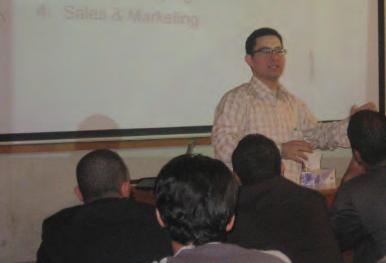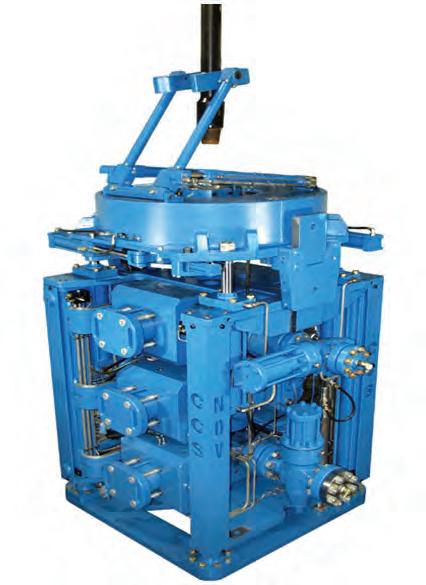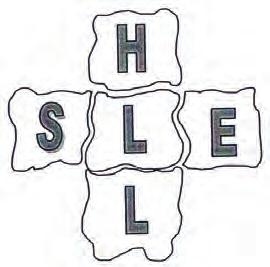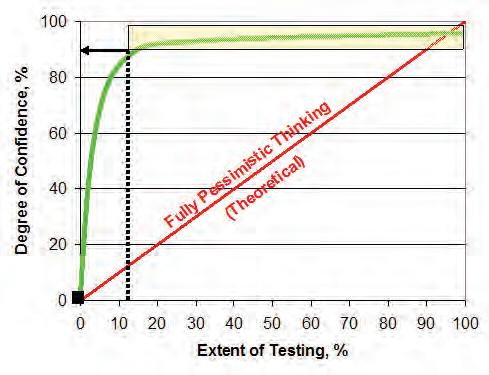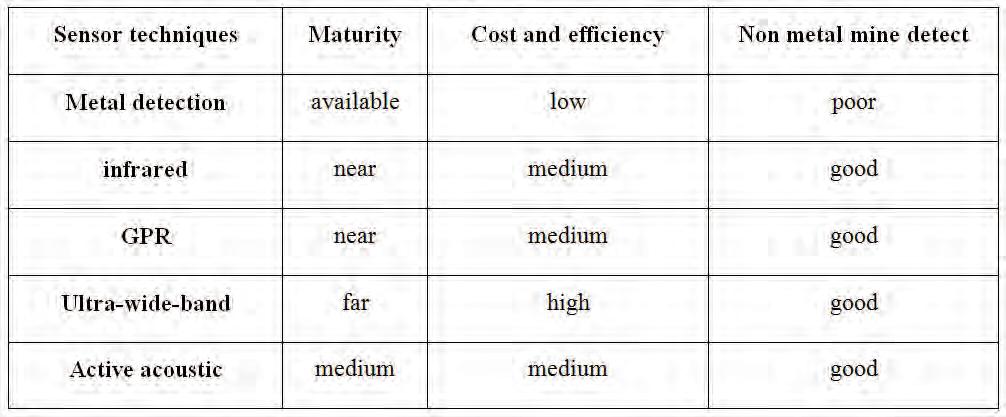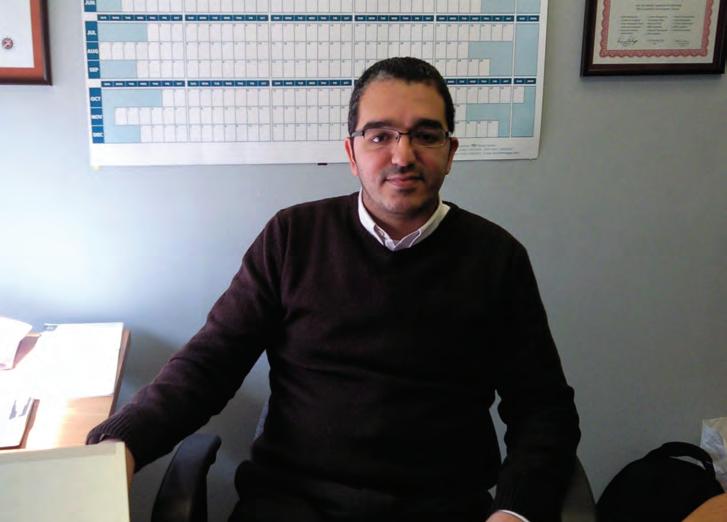YOUNG RESEARCHERS
MANAGED PRESSURE DRILLING
Mohammed S. Alshabrawy Faculty of Petroleum and Mining Engineering Suez Canal University
“A new way of looking at drilling hydraulics …Overcoming conventional drilling challenges” Don M.Hannegan, Weatherford International Ltd. As the current reserves is being depleted, it was necessary to begin drilling reservoirs that are greater in depth and more complex, some industry professionals stated that 70% of the current hydrocarbon offshore resources are considered to be economically undrillable using the conventional drilling methods. Managed Pressure Drilling (MPD) is a new technology that uses tools that are similar to those of underbalanced drilling in order to control pressure variations while drilling a well. The aim of MPD is to improve the drilling efficiency of a well by alleviating any drilling issues that can arise.
Fig. 1 shows a pressure gradient profile of a well; this profile represents the change in pressure with the increase in depth, the area enclosed within the pore pressure and the fracture represents the allowable pressure window.
Fig. 1.
MPD can improve the economical value for any well being drilled by reducing the rig’s nonproductive time (NPT)which simply is; the time measured when a rig is not drilling. Therefore, many of the drilling problems in any well can be reduced by using this technique.
The main aim while drilling a well is to keep the pressure within the pressure window range. In a static well, the pressure is determined by the hydrostatic pressure of the mud whilst in conventional drilling, the only way to adjust the pressure during static conditions is to vary the mud weight in the well.
Pressure-Gradient Windows
Where: BHP: Bottom Hole Pressure , HH(MW): Hydrostatic Head of mud , AFP: Annular Friction Pressure.
As a well is being drilled, the drilling fluid is circulated in the well bore to obtain a specific bottom hole pressure (BHP). The density of the fluid is determined by the formation and pore pressure gradients and the wellbore stability. 16
January 2010
ECHO
Fig. 2 shows the problems that can occur when dealing with tight pressuregradient windows. When the well is static, the pressure in the well is less
than the pore pressure, therefore the well undergoes a kick and hydrocarbons begin to flow into the well. After a connection is made; the pumps restart, the BHP (Bottom Hole Pressure) increases, and then pressure also increases above the fracture-pressure resulting in a loss of circulation or fluid flowing into the formation. The aim of MPD is to manage the pressure by confining it inside the pressure gradient window which simultaneously leads to avoiding various drilling problems. How Managed Pressure Drilling Works The basic technique applied in MPD is manipulating the BHP and the pressure profile as required. In conventional drilling, the (BHP) can be calculated by the summing of the mud weight of the hydrostatic head and the Annular Friction Pressure (AFP) which is the friction pressure that results from the circulation of the mud while drilling. ECD is defined as the “Equivalent Circulating Density” of the bottom hole pressure, it is basically the BHP while circulating but converted into the units of mud weight. During a connection, the pumps are turned off and the fluid stops circulating, thus eliminating the annular friction pressure and reducing the BHP to the mud hydrostatic pressure.

